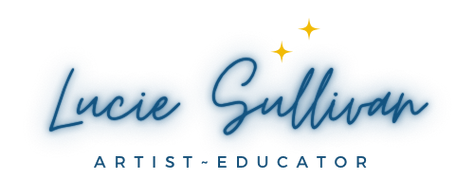Assessments:
Individualized Attention:
My assessments focus on each student as an individual, prioritizing progress over any specific benchmarks or skills. Assessments should never be a stressor for students because of ranging abilities; instead, they should be used to create a class that suits the needs and development of each student.
At the beginning of each class or session, I will use initial assessments to check for prior knowledge and current stages of movement. With a checklist of motor skill functions, I can look for any barriers to progress that require more specific attention in some students’ instruction. I will also use observation as a tool to understand individuals’ student engagement. These initial assessments will be used as data for the creation of objectives based on class progress and potential outcomes.
Formative Assessments
As I teach to ensure efficacy, I also assess my teaching through different formative assessments. By asking my students where they are at with a question such as ‘thumbs up, middle, or down’, I can check in with how the information is landing with them. Similarly, I have popsicle sticks labeled for each student, in which they can express confidence or uncertainty at any point throughout a lesson by moving them to an appropriate jar in our classroom. On a more personal side, I use self-reflection to think about my lessons after I teach them, thinking about pacing, content relevance, and the direct engagement/interest of students.
To ensure student learning, I will employ other methods of formative assessment. One way I do this is by finishing each class with a wrap-up circle, asking students to share one movement from class they enjoyed/remembered/learned. Students have the choice to share this movement with words or embodiment. During class, I take time to step out and observe my students. I use this observational data to adapt my teaching to better suit students’ needs. To meet students where they are at, I ask for information in different ways whether that be through notecards, symbols, words, or movement itself.
Summative Assessments
Summative assessments are the culmination of the hard work my students put into class, and I prefer to use forms that celebrate and share what students have learned rather than creating stress around assessments that focus on a binary model like right/wrong or proficient/deficient. Assessments span three major domains: creative expression, gross motor development, and attention & focus. Each assessment looks different based on setting, age, and discipline, but participation and sharing of students’ work is my main focus when grading. I use rubrics to help students gauge how their development is translating into their scores.
